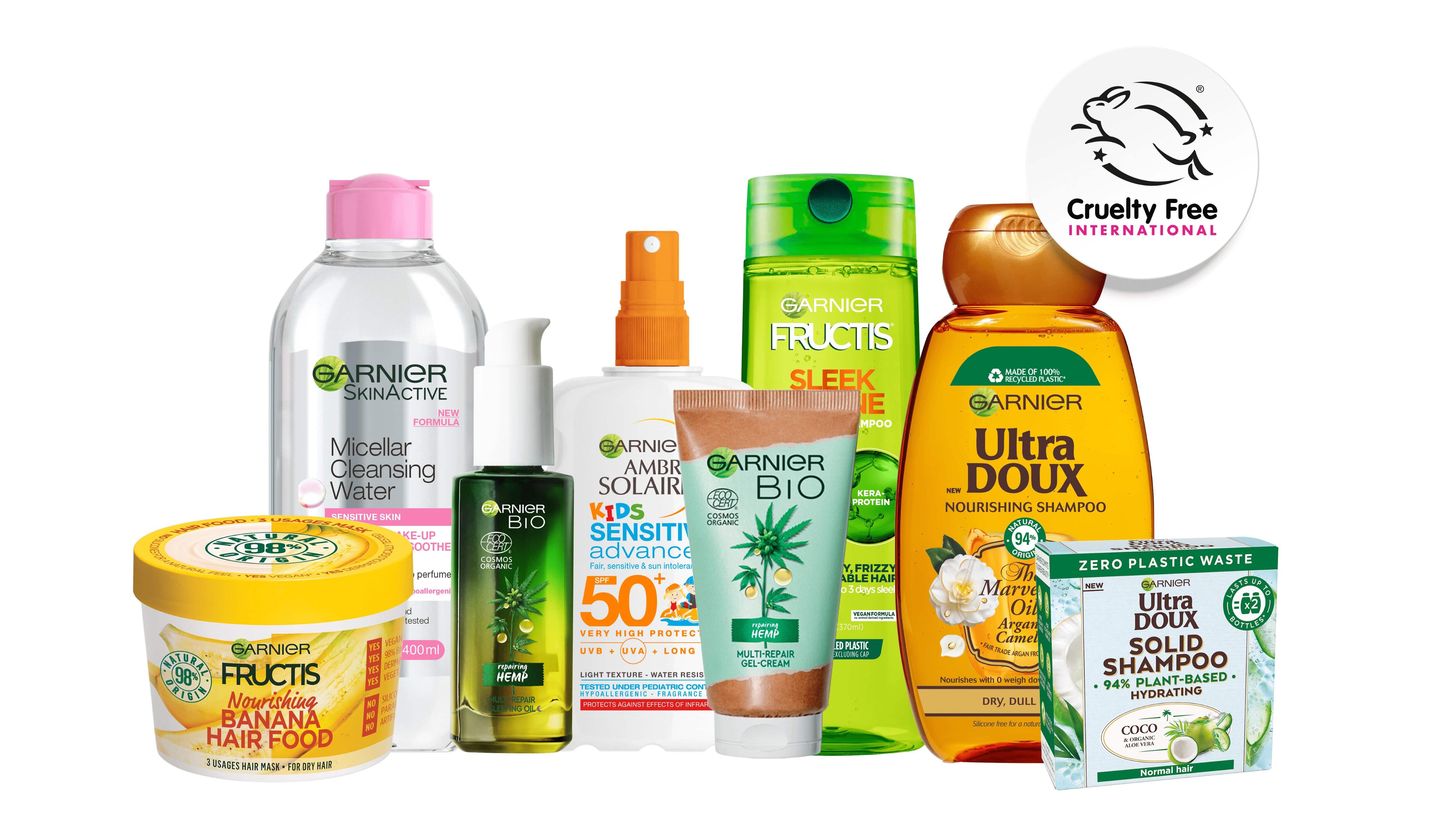After 10+ years of collaboration, BASF and Givaudan had finalised and received OECD approval on a multi-method animal-free toxicology testing approach that predicted skin sensitisation and a bolt-on test that could predict the intensity of an allergic reaction on the skin – previously only achieved via animal testing.
The multi-pronged skin sensitisation testing strategy involved three methods: a direct peptide reactivity assay (DPRA) [OECD 442C] to form complete antigens by binding the test substance hapten to skin proteins; Keratinocyte Nrf2-ARE luciferase assays [OECD 442D] to induce stress in keratinocytes; and a human cell line activation test h-CLAT [OECD 442E] to activate or ‘mature’ the dendritic cells.
A separate test to assess potential potency of an allergen on the skin – often required by some regulatory agencies – used a kinetic direct peptide reactivity assay (kDPRA) [OECD 442C].
Non-animal alternatives for ‘complex toxicological questions’
BASF and Givaudan were calling the combined, multi-method strategy a “world’s first” and said using this combination meant animal testing for allergic skin reactions could now “be completely abandoned”.
Back in January 2020, a review published in the Sage journal Alternatives to Laboratory Animals said whilst in vitro methods existed to identify skin sensitisers, many still relied on animal-derived products like foetal bovine serum and sera from other animals. The researchers at the time called on more work to completely eradicate use of products of animal origin in these alternative methods.
“We have taken a big step forward,” said Dr Robert Landsiedel, VP of special toxicology at BASF. “Now we can also use alternative methods to answer more complex toxicological questions without animal testing.”
The animal-free testing strategy for skin sensitisation was made up of multiple alternative methods, Landsiedel said, because one was “not enough”. “…To assess skin sensitization, which is caused by a complex process in the organism, we need a combination of three methods,” he said.
Dr. Andreas Natsch, head of in vitro molecular screening at Givaudan, said the multi-method approach was also an improvement from a results perspective.
“This strategy has a better predictivity for human allergy risks as compared to traditional animal testing,” Natsch said.
OECD approval a ‘breakthrough’ for future animal-free toxicology testing
Approval at OECD level also marked a “breakthrough” for the future of animal-free testing in beauty, BASF and Givaudan said.
“In principle, this has opened up the possibility of approvals for entire testing strategies in other areas, such as eye irritation effects or effects on the hormone system,” the two companies said.
BASF and Givaudan had worked on the project alongside various other companies and scientific institutions, including the Institute for In Vitro Sciences (IIVS) on the validation of each individual method. The two companies had also trained laboratories around the world on how to use these methods and generate accurate results.
“The more laboratories join in, the more we can reduce animal testing in the future,” said Dr Susanne Kolle, lab team leader at BASF.
Dr Roger Emter, co-developer of one of the underlying methods at Givaudan, added: “By demonstrating that results are reproducible and predictive, trust in replacements of animal tests is growing.”
Animal Testing ban in EU
Animal testing on cosmetic products and cosmetic ingredients has been banned in the EU since 2013 through the European Cosmetics Regulation 1223/2009. However, this wasn’t the case globally.
The European Union’s has a goal of a blanket global ban by 2023, but one expert believes there is much left to do. Read here for a full breakdown on how close the cosmetics world is to worldwide animal testing bans.




